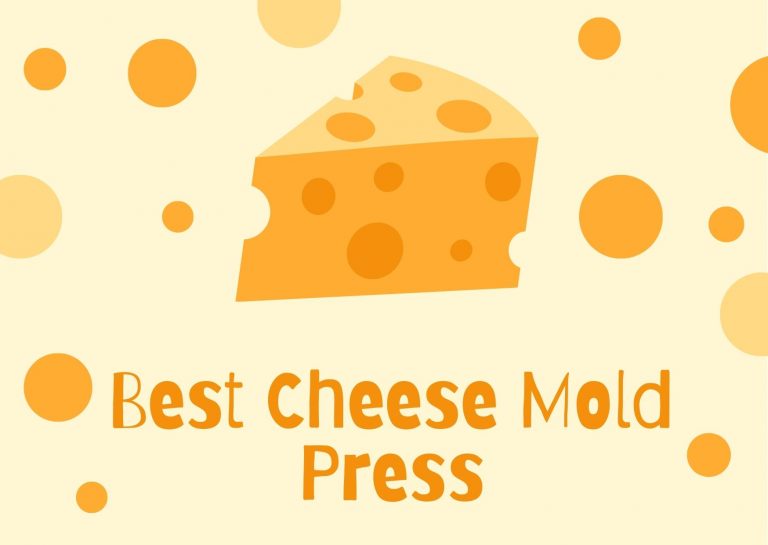16 Different Types Of Knives With Images
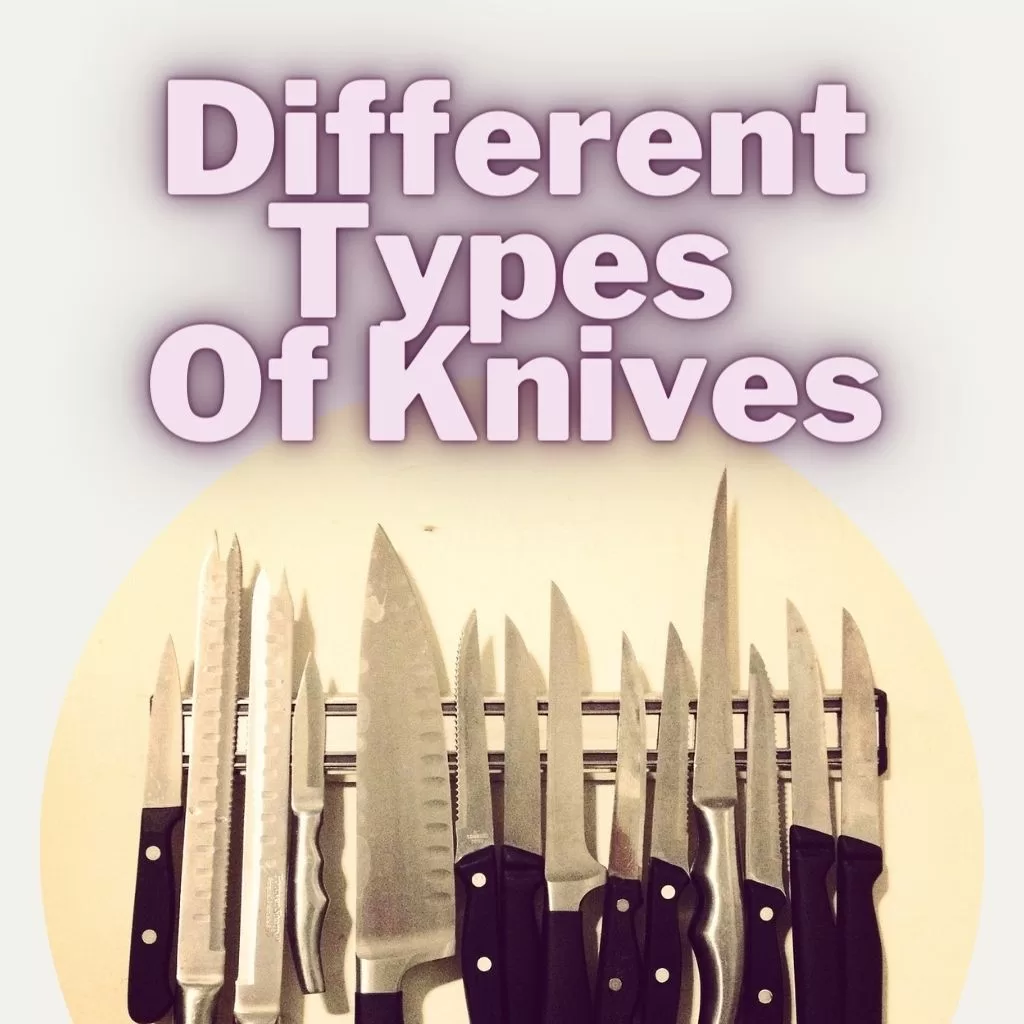
Knives are the most important tool in the kitchen. Without a knife it would be very difficult to prepare foods and dishes as knives are used in different food preparations such as chopping ingredients, cutting meat and even used to slice a bread. There are however different types of knives and each type has its own distinctive functions and uses. We have listed in this guide the different types of knives and their uses.
Before we proceed with the different types of knives, let us first take a look at the different parts of a knife. Although the part will slightly differ as there are knives that may have been constructed differently depending on its usage.
Parts of a Knife
- Point: The point is located at the very end of the knife’s blade. Most of the time it is the first part that usually comes in contact with the food you are trying to cut. If the knife has a sharp point you can easily cut the food.
- Blade: it is a part of the knife that is used for cutting. A steel blade is the most common material, but there are also other materials used such as plastic, ceramic and or titanium blades.
- Edge: it is the sharpened part of the blade of the knife. It is the part that usually does the cutting. Edges can either be straight or serrated blades (used for cutting breads). How sharp are the edges of the knife will depend on its cutting quality.
- Tip: it is located in between the point (beneath the point) and the edge. Also does the cutting and chopping.
- Spine: it is located at the opposite side of the edge (upper side of the blade). If you want a stronger blade, make sure the spine of the knife is thick. Hence, the thicker the spine of the knife the stronger its blades are.
- Heel: the heel is located at the lower portion of the blade, beside the bolster. It is usually used if more pressure is needed to cut foods, especially those thick and tough to cut foods.
- Tang : used to connect the edge of the knife to its handle. It basically is responsible for the knife’s overall weight, balance and stability as well as knife’s strength. Aside from that, tangs can also be used as a handle on your knife.
- Scales or Handles: part of the knife used to hold and grasped when cutting. Handles are made in different kinds of materials.
- Bolster: a bolster is another part of the knife located just between the knife’s blade and its handle. Used to prevent the fingers from slipping when cutting. Also helps maintain the balance of the knife.
- Rivets or Handle fasteners: this is not actually a part of the knife but should be present in the knife since these are screws and rivets used to fix the handle parts of the tang in place.
- Butt: from the name itself suggests, a part of the knife located at the bottom portion of the knife.
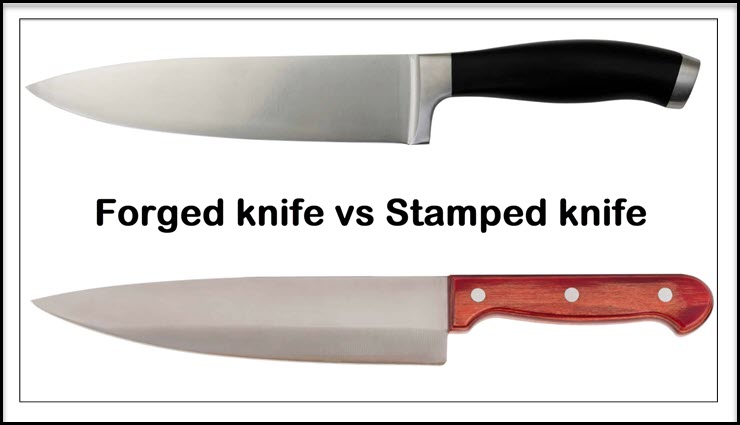
What is the difference between a forged knives and stamped knives
Forged knives and Stamped knives refers to how the knives were made.
A forged knife is a kind of knife wherein it is made by forging a metal. It is made by simply hammering down a block of steel or metal by using a press. After that, a forged knife is then smoothened and sharpened. Handles are added to forged knives too before it is being polished. The tang and blade of a forged knife is usually made of one piece of steel (continuous). That is why forged blades are more durable, more stronger and balanced. It is easy to spot a forged knife, just look at the steel bolster of the knife (between the handle and blade).
While a stamped knife on the other hand is made using a single sheet of steel. The steel is cut to shape a blade. A stamping machine is used to do this. It is then added with a handle. Stamped knives for it have a smooth edge and clean finish, it usually goes through this process: hardening, sharpening and polishing. Since stamped knives are made with a think steel, it is lighter compared to forged knives. Also, stamped knives are more affordable however sharp edges needs more sharpening than forged knives. You can easily detect a stamped knife by just looking at its bolster, steel bolster is not used with stamped knives but rather its heel usually runs straight to its handles.
Different types of knives
Listed below we have gathered some of the most commonly used types of kitchen knives.
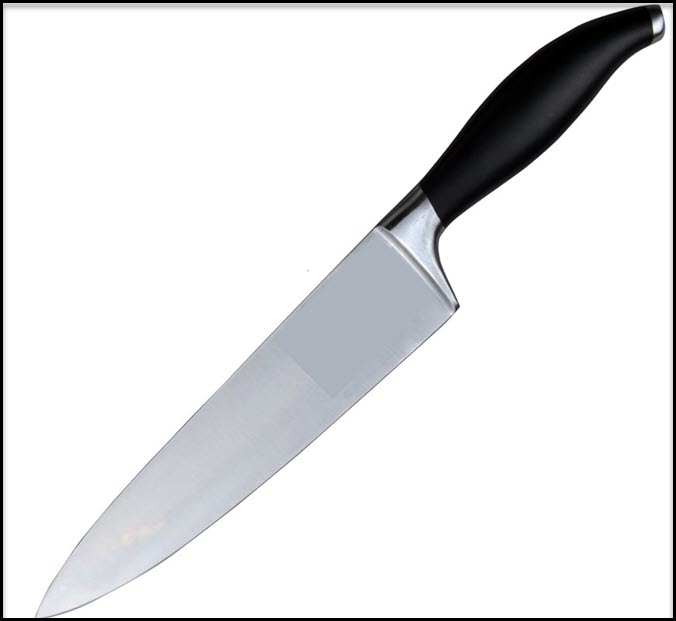
Chef’s knife
The very first type of kitchen knives on our lists is the Chef’s Knife. A Chef knife or also called cook’s knife is the type of knife that every chef should ever be without in their kitchen. In fact, chef knives are commonly seen in commercial kitchens. A versatile knife that can be used in different cutting work.
Chef’s knives are long, with a broader blade and a straight edge knife characterized as having a wide edge with a pointed tip.
Chef’s knives are a great tool for chefs to easily cut and dice vegetables because of its curved blade that simply allows the knife to just rock back and forth when cutting on a chopping board. It also has a broad heel that helps the knife when too much is required in cutting hard and thick foods.
Chef’s knife comes in different sizes but the most popular and commonly used are between sizes 8 inches to 12 inches.

Utility knife
The shape of a utility knife is similar to a chef knife, although utility knife appears to be slimmer and smaller where the size is between 4 inches to 7 inches long. If your regular knife is too big for the cutting work, you may want to use a utility knife instead.
Utility knives are very useful knife that has scalloped edges and blades. Utility knives are commonly used to slice and chop small foods and vegetables only since it lacks the chopping strength that you get with chef’s knife or paring knife.

Paring Knife
Another type of knives that is also essential in every kitchen is the Paring Knife. It features short and small handle, a sharp blade with a pointed tip. Paring Knives measures about 2 /12 inches to 4 inches long. Since pairing knife is a small knife, it is lightweight and can easily be maneuvered especially tasks such as trimming, peeling and removing seeds.
Paring Knives are commonly used to cut, chop and slice vegetables and fruits although it can also be used in other food preparations as well. Although paring knives are small, it can also be used when cutting harder foods such as potatoes but cannot handle large cuts of meat.
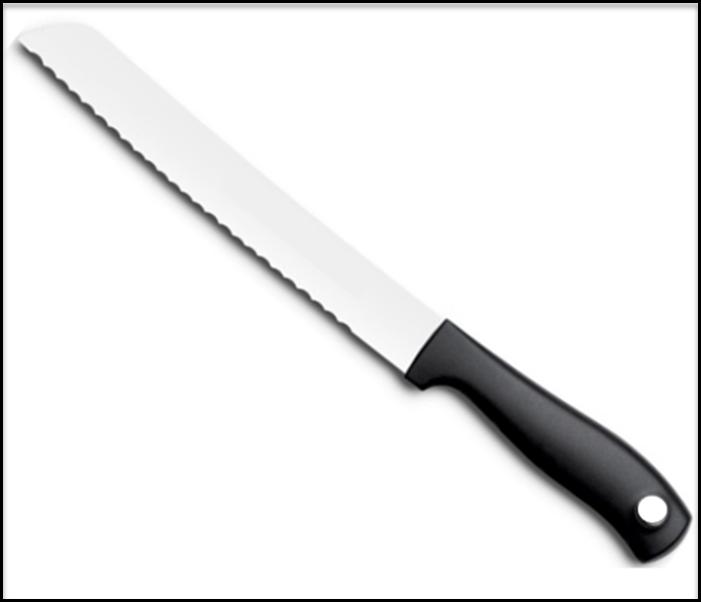
Bread knife
As the name itself suggests, a break knife is used to to slice different varieties of bread. Hence, a bread knife is typically used in slicing bread. These are long with evenly sized blade that features a sharp serrated blade, similar to that of a saw blade.
Bread knives have serrated edge and long blades of the bread knives are used to cut crispy bread crusts, bread rolls, baguettes, and bagels. Bread knife can easily cut through different kinds of bread because of its grooved edges without crushing while slicing bread.
Although a chef’s knife or any other types of knives are also capable of slicing a bread but with a bread knife it provides more stability and easy grip as compared to other knives that could somehow slip and turn during the cutting process.
A bread knife usually measure between 6 inches to 10 inches long.

Carving Knife
A carving knife is a long (longer than chef’s knife), and slim knife with slim blades and sharp pointed tip. It is sometimes referred to as slicing knife because carving knife is usually used to slice cooked meats such as roasted chicken, turkey for Thanksgiving and or Smoked ham.
And since a carving knife is not only longer than chef’s knife but also more thinner therefore a perfect knife for slicing into meat to get a thinner and more uniform slices of meat. Also used in cutting cakes because it is long and has thin knife blade for a more smoother cut of your cake.
Carving knives usually measures between 8 inches to 12 inches.
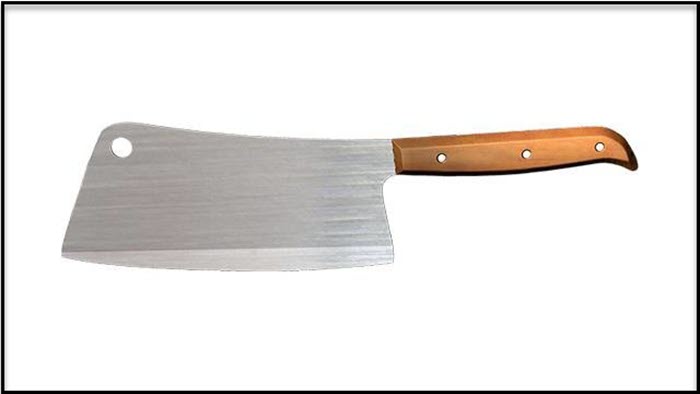
Cleaver Knife or Butcher knife
A Cleaver knife or butcher knives are flat, with rectangular shaped blade is one a popular knife commonly used for butchery therefore this type of knives are commonly seen in butcher shops. It comes in different sizes and each size depends on how the knife is to be used.
A standard American Cleaver knives are heavy knives that is a perfect tool when cutting through thick and hard vegetables, large meat and often used to cut through bone meat.
While the Chinese style Cleaver knives are more thinner but with a straight blade commonly used in Chinese style cooking. Most of butcher knives have a hole across it tip (near the spine of the blade) so that chef’s can easily hung the knife when it is not used.
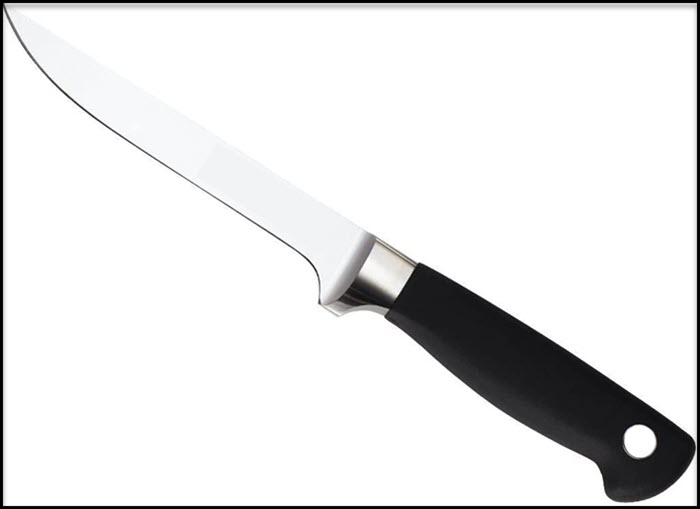
Boning knife
A boning knife features a slim and narrow blade, a sharp edge, and a pointed tip. If you are used to buying cuts of meats and chickens with bone-in cuts, you will definitely be needing a boning knife when preparing the meat.
Typically, boning knives are used to remove or separate bones from raw meat, chicken and poultry while at the same prevent wasting of meat and or ruining the flesh of the meat because of its pointed and slim blade. A Boning knife is also used to trim cartilages from meat for that perfectly cut meat before the cooking process begins.
Boning knives comes in different sizes but the most common Boning knife measures between 5 to 6 inches long.

Filet Knife
A filet or also called Fillet knife is a long, slim and thin, with flexible blades and with pointed tip to easily remove the skin of a fish and to easily remove fish bones. It is similar to a boning knife but the blade materials with filet knife is more thinner and more flexible.
Filet knives as mentioned, are use to remove the bones of the fish without ruining the flesh of the fish because as we all know the flesh of a raw fish is very delicate.
Most of the knives uses a vertical cut but with a filet it food is usually cut horizontally to make perfect filets. And since the Filet Knife can be used in different types of fish, so why not try different fish recipes using this type of knife.
It is recommended to use a filet knife made from stainless steel since the cutting process is done usually in a wet settings, stainless steels are resistant to corrosions.
A filet knife usually measures 6 inches to 11 inches.

Salmon Knife
A salmon knife feature a very long but flexible blade but has a double edge. It functions similar to fillet fish and since salmon knife is longer than filet knife it is usually used to to fillet large fish.
Salmon Knife is used primarily to slice, to filet and to remove the skin of a large fish such as Salmon. Hence the knife is called Salmon Knife. It is flexible enough that allows cutting back and forth in between the skin and the flesh of the fish without ruining its flesh.

Santoku knife
A Santoku knife, a Japanese Knife, is also known as Santoku bocho knives which means “three uses”. This means that this type of knife is used for slicing, chopping and dicing.
Santoku knives are long, blades that are slightly tapered and with a drop tip or point. The drop point allows for a more precise and very detailed cutting.
Santoku knives are used to cut fish such as cuts used to make sushi since the flat side of the blade prevents the delicate flesh of the fish from sticking to its metal. Aside from cutting fish, Santoku knives are also used to cut vegetables too.
A Santoku knife measures 6 to 7 inches long.
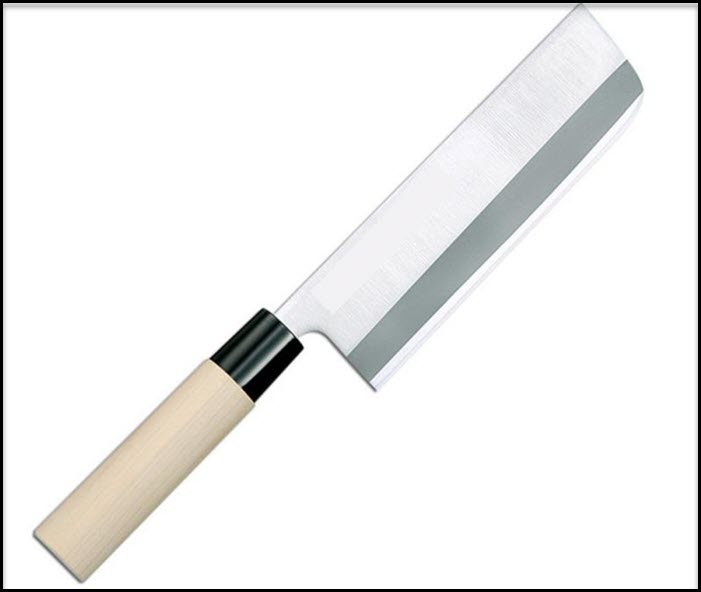
Nakiri Knife
Another Japanese style knife is called Nakiri Knife or also called Nakiri Bocho. Its features is similar to Santoku knife but it is more specialized in cutting vegetables than cutting and slicing fish. It is commonly known as vegetable knives.
Nakiri knives have broad and are rectangularly shaped. It also has a hollow edge that is very sharp.
Nakiri knives are usually used to chop vegetables. And since this type of knife has a straighe edge it is easier to chop vegetables right through it without the need to move the blade back and forth the vegetables.
If you want to chop and shred large sized vegetables, you may want to use this type of knife.
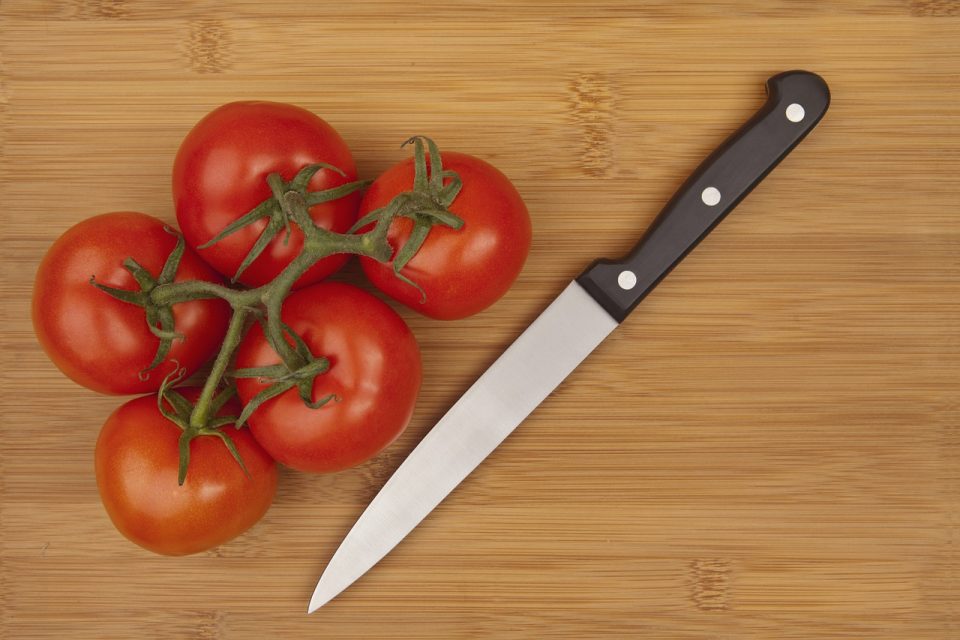
Tomato Knife
Although we already mentioned knives that can be used to slice vegetables, this type of knife is specifically used to cut and slice tomatoes. Since tomatoes are delicate, you may want to use a knife specific for tomato use.
Tomato knives features a round blade and with edges that are sharp and serrated. The serrated edges are specially used to cut the tomato through its skin without damaging the interior of the tomatoes which are very soft. Aside from tomatoes, a tomato knife can also be used in slicing citrus fruits as well.
The blade of a tomato knife measures 6 inches to 7 inches long.
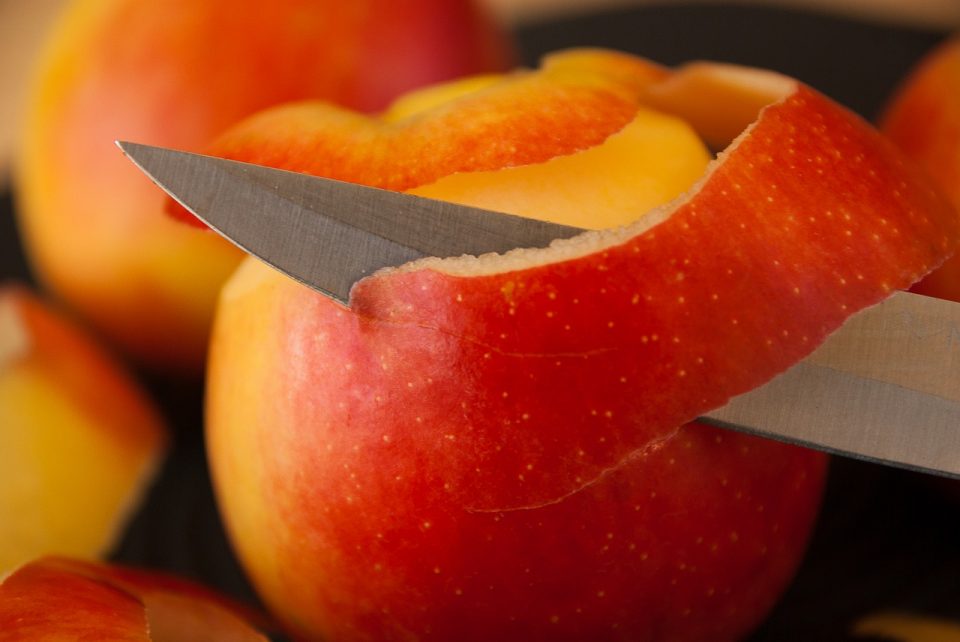
Peeling Knife
As the name of the knife presents, a peeling knife is used to peel. It features as short, rigid with a curved blade. A typical peeling knife usually presents a straight but sharp edge.
Peeling knives are used to peel fruits and vegetables.
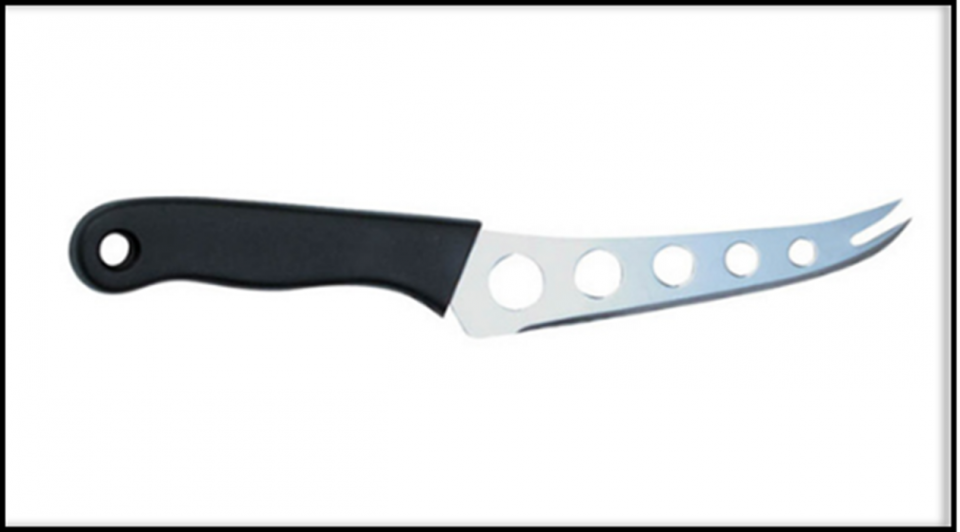
Cheese knife
Cheese knives are primarily used to slicing cheese. If you will slice a hard cheese, you will be needing a knife with a more stiffer blade but for soft cheese a cheese knife with holes in its blade is preferable.
The holes on a soft cheese knife prevents the cheese from sticking to its blade. A cheese knife that can cut hard cheese has a forked tip used for spearing cheese into pieces.
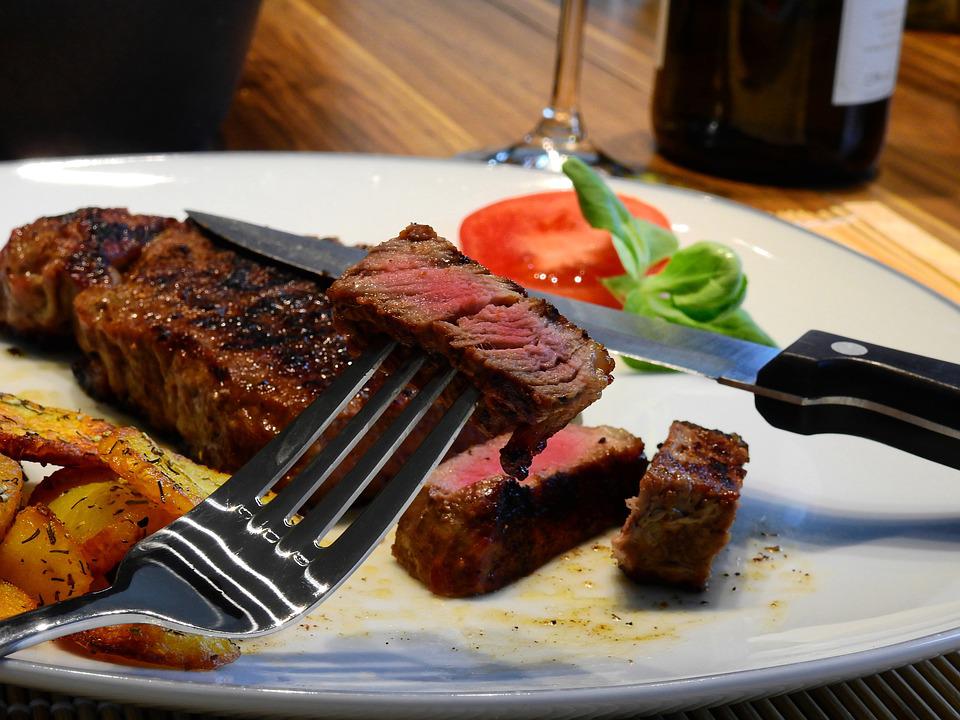
Steak Knife
Steaks knives are primarily used for cutting steak. Though Steak knives are not just steak as it can also be used in as a multipurpose knife as well. Aside from steak, steak knives are also used to cut foods such as pork chops. And since this knife is just 4 inches long, it can also be used to slice lemons, slice sandwiches and even used to diced vegetables as well.
Steak knives is a stainless steel knives therefore it is durable and lasts long. Steak knives have sharp serrated edge therefore a steak knife is an alternative when cutting thick cuts of meat that a dinner knife is not capable of.

Kitchen Shears
Although Kitchen Shears is not actually a type of knife, but just as an important Kitchen tool. Kitchen shears are used to chop herbs and green vegetables. And can also do the dirty works too such as cutting off ribs.
Caring and Sharpening of Knife
In order to keep the knife to function the way is should be, knives should be properly taken cared of and sharpened once in a while. Listed below are some Knife care and sharpening tips.
- Wash knives regularly with soap and warm water. Make sure to dry the knives thoroughly.
- Although there are some knives that are dishwasher safe, it is still preferable to wash knives using the hands.
- Use knife sharpener or a sharpening stone to regularly sharpen knife. Other sharpening tools used to sharpen knives includes sharpening steels, handheld sharpeners and electric sharpeners.
- When using sharpening tools to sharpen the knife, make sure to run the knife through the tool a couple of time or depends on how much the knife needs sharpening.
Different knife blade materials
The strength, durability and how sharpness of your knife depends on the type of material that your knife blade is made of. Each material has its own benefits and each material is best for different types of uses in the kitchen.
Stainless steel blades
The most popular blade materials used in most kitchen knives is made of stainless steel. Stainless steel is known to be durable and will last a very long time since this type of material is resistant to rust and corrosions.
The only drawback with stainless steel materials is that these days is that alloys are now commercially made therefore the quality of the stainless steel material will not depend on the supplier.
Carbon Steel Blades
Carbon steel blades are made carbon and iron but chromium content is eliminated or not added to this type of steel alloy. Carbon steel blades is the perfect blade to use for with peeling knives and or cleavers.
Since there is no chromium, carbon steel blades are more prone to discoloration and staining especially when it comes in contact with highly acidic foods or substances.
Ceramic Blades
Ceramic blades are made using zirconium dioxide (hardened). These are not magnetic, and no metallic type of blade. Most chef’s prefer to use blades made of ceramic simply because it is lightweight. Although ceramic blades are more fragile than the rest of the blade materials mentioned. When accidentally dropped, ceramic blades easily breaks.
Conclusion
Looking for the best quality knife for a particular cutting work, it will surely help if you have a some knowledge on the different types of knives. We hope that this guide has helped you understand and be familiarize several knife variations and how each knife is used and function in the kitchen.





